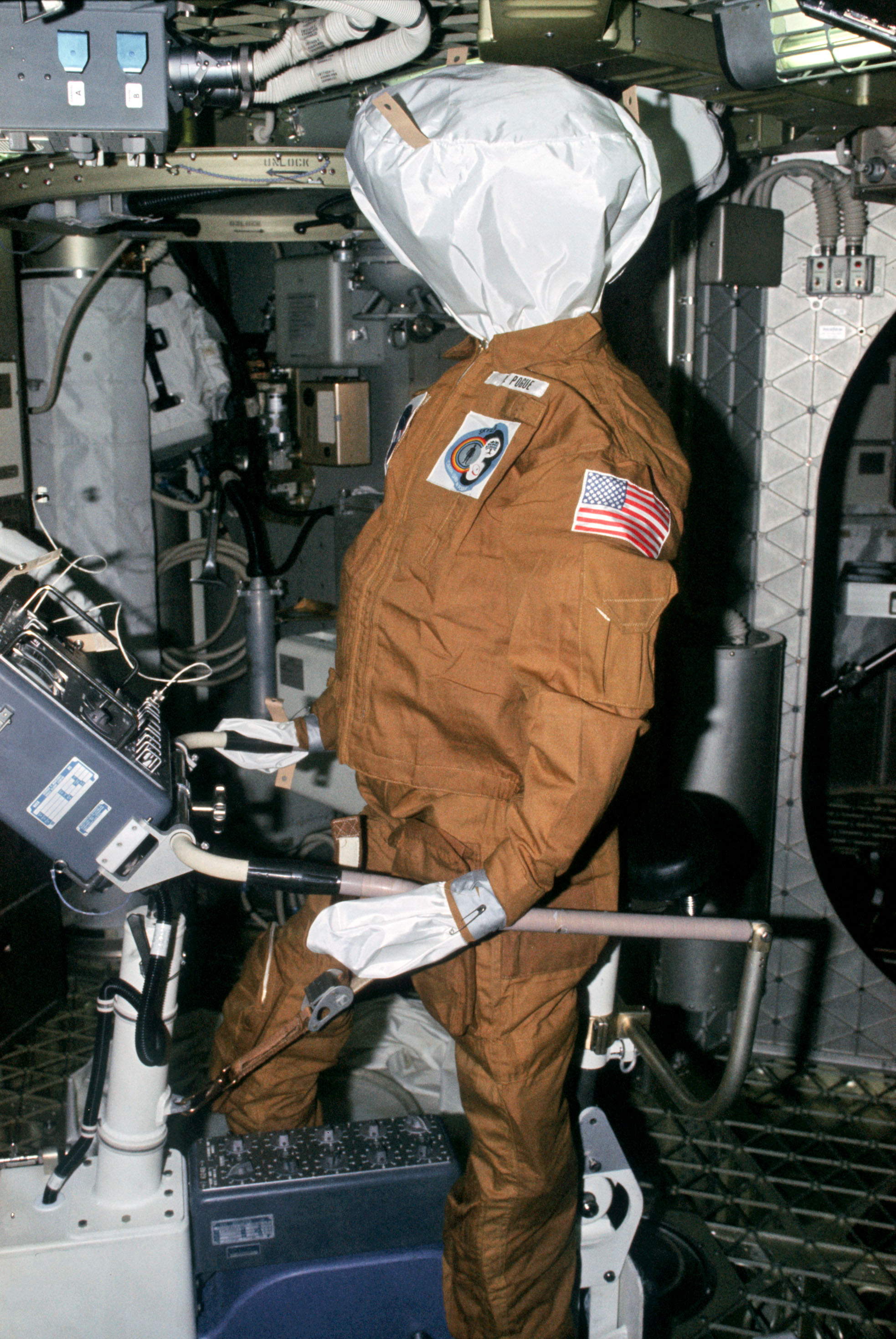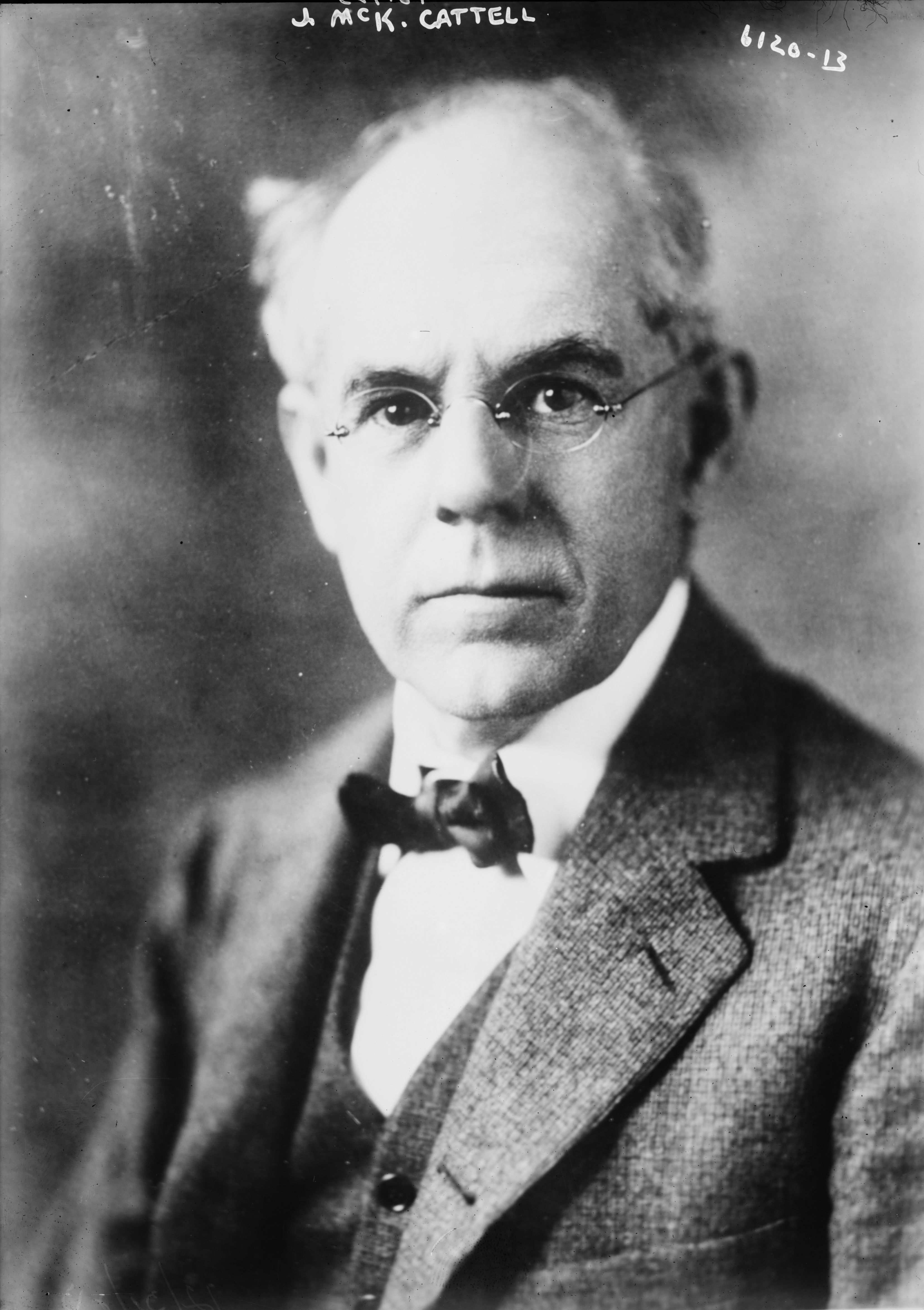|
Team Composition And Cohesion In Spaceflight Missions
Selection, training, cohesion and psychosocial adaptation influence performance and, as such, are relevant factors to consider while preparing for costly, long-duration spaceflight missions in which the performance objectives will be demanding, endurance will be tested and success will be critical. During the selection of crew members, throughout their training and during their psychosocial adaptation to the mission environment, there are several opportunities to encourage optimal performance and, in turn, minimize the risk of failure. Individual selection and crew composition Evidence linking crew selection, composition, training, cohesion or psychosocial adaptation to performance errors is uncertain. Many NASA-backed studies regarding spaceflight, as well as space analogs, emphasize the need to consider these factors. The research on performance errors caused by team factors is ambiguous and currently, no systematic attempt has been undertaken to measure performance errors due ... [...More Info...] [...Related Items...] OR: [Wikipedia] [Google] [Baidu] |
Spaceflight
Spaceflight (or space flight) is an application of astronautics to fly objects, usually spacecraft, into or through outer space, either with or without humans on board. Most spaceflight is uncrewed and conducted mainly with spacecraft such as satellites in orbit around Earth, but also includes space probes for flights beyond Earth orbit. Such spaceflights operate either by telerobotic or autonomous control. The first spaceflights began in the 1950s with the launches of the Soviet Sputnik satellites and American Explorer and Vanguard missions. Human spaceflight programs include the Soyuz, Shenzhou, the past Apollo Moon landing and the Space Shuttle programs. Other current spaceflight are conducted to the International Space Station and to China's Tiangong Space Station. Spaceflights include the launches of Earth observation and telecommunications satellites, interplanetary missions, the rendezvouses and dockings with space stations, and crewed spaceflights on sci ... [...More Info...] [...Related Items...] OR: [Wikipedia] [Google] [Baidu] |
Skylab 4
Skylab 4 (also SL-4 and SLM-3) was the third crewed Skylab mission and placed the third and final human spaceflight, crew aboard the first American space station. The mission began on November 16, 1973, with the launch of Gerald P. Carr, Edward Gibson, and William R. Pogue in an Apollo command and service module on a Saturn IB rocket from the Kennedy Space Center, Florida, and lasted 84 days, one hour and 16 minutes. A total of 6,051 astronaut-utilization hours were tallied by the Skylab 4 astronauts performing scientific experiments in the areas of medical activities, solar observations, Earth resources, observation of the Comet Kohoutek and other experiments. The crewed Skylab missions were officially designated Skylab 2, Skylab 3, 3, and 4. Miscommunication about the numbering resulted in the mission emblems reading "Skylab I", "Skylab II", and "Skylab 3" respectively. Launch NASA's launch center was located in an area called Cape Kennedy since November 28, 1963. Cape Ken ... [...More Info...] [...Related Items...] OR: [Wikipedia] [Google] [Baidu] |
Psychological And Sociological Issues Affecting Space Travel
Psychology is the scientific study of mind and behavior. Its subject matter includes the behavior of humans and nonhumans, both conscious and unconscious phenomena, and mental processes such as thoughts, feelings, and motives. Psychology is an academic discipline of immense scope, crossing the boundaries between the natural and social sciences. Biological psychologists seek an understanding of the emergent properties of brains, linking the discipline to neuroscience. As social scientists, psychologists aim to understand the behavior of individuals and groups.Hockenbury & Hockenbury. Psychology. Worth Publishers, 2010. A professional practitioner or researcher involved in the discipline is called a psychologist. Some psychologists can also be classified as behavioral or cognitive scientists. Some psychologists attempt to understand the role of mental functions in individual and social behavior. Others explore the physiological and neurobiological processes that underlie cogn ... [...More Info...] [...Related Items...] OR: [Wikipedia] [Google] [Baidu] |
Space Shuttle Columbia Disaster
On Saturday, February 1, 2003, Space Shuttle Columbia, Space Shuttle ''Columbia'' disintegrated as it Atmospheric entry, re-entered the atmosphere over Texas and Louisiana, killing all seven astronauts on board. It was the second List of Space Shuttle missions, Space Shuttle mission to end in disaster, after the Space Shuttle Challenger disaster, loss of ''Challenger'' and crew in 1986. The mission, designated STS-107, was the twenty-eighth flight for the orbiter, the 113th flight of the Space Shuttle fleet and the 88th after the ''Challenger'' disaster. It was dedicated to research in various fields, mainly on board the SpaceHab module inside the shuttle's payload bay. During launch, a piece of the Polyurethane foam, insulating foam broke off from the Space Shuttle external tank and struck the Space Shuttle thermal protection system, thermal protection system tiles on the Space Shuttle orbiter, orbiter's left wing. Similar foam shedding had occurred during previous Space Shu ... [...More Info...] [...Related Items...] OR: [Wikipedia] [Google] [Baidu] |
Space Shuttle Challenger Disaster
On January 28, 1986, the Space Shuttle Challenger, Space Shuttle ''Challenger'' broke apart 73 seconds into its flight, killing all seven crew members aboard. The spacecraft disintegrated above the Atlantic Ocean, off the coast of Cape Canaveral, Florida, at 16:39:13Coordinated Universal Time, UTC (11:39:13a.m. Eastern Time Zone, EST, local time at the launch site). It was the first fatal accident involving an List of space programs of the United States, American spacecraft while in flight. The mission, designated STS-51-L, was the 10th flight for the Space Shuttle orbiter, orbiter and the 25th flight of the Space Shuttle fleet. The crew was scheduled to deploy a commercial communications satellite and study Halley's Comet while they were in orbit, in addition to taking schoolteacher Christa McAuliffe into space under the Teacher in Space Project. The latter task resulted in a higher-than-usual media interest in and coverage of the mission; the launch and subsequent disaste ... [...More Info...] [...Related Items...] OR: [Wikipedia] [Google] [Baidu] |
Interpersonal Attraction
Interpersonal attraction, as a part of social psychology, is the study of the attraction between people which leads to the development of platonic or romantic relationships. It is distinct from perceptions such as physical attractiveness, and involves views of ''what is'' and ''what is not'' considered beautiful or attractive. Within the study of social psychology, interpersonal attraction is related to how much one likes or dislikes another person. It can be viewed as a force acting between two people that tends to draw them together and to resist their separation. When measuring interpersonal attraction, one must refer to the qualities of the attracted and those of the attractor to achieve predictive accuracy. It is suggested that to determine attraction, both the personalities and the situation must be taken into account. Measurement In social psychology, interpersonal attraction is most-frequently measured using the Interpersonal Attraction Judgment Scale developed by Donn ... [...More Info...] [...Related Items...] OR: [Wikipedia] [Google] [Baidu] |
Leon Festinger
Leon Festinger (8 May 1919 – 11 February 1989) was an American social psychologist who originated the theory of cognitive dissonance and social comparison theory. The rejection of the previously dominant behaviorist view of social psychology by demonstrating the inadequacy of stimulus-response conditioning accounts of human behavior is largely attributed to his theories and research. Festinger is also credited with advancing the use of laboratory experimentation in social psychology, although he simultaneously stressed the importance of studying real-life situations, a principle he practiced when personally infiltrating a doomsday cult. He is also known in social network theory for the proximity effect (or propinquity). Festinger studied psychology under Kurt Lewin, an important figure in modern social psychology, at the University of Iowa, graduating in 1941; however, he did not develop an interest in social psychology until after joining the faculty at Lewin's Resear ... [...More Info...] [...Related Items...] OR: [Wikipedia] [Google] [Baidu] |
Group Cohesiveness
Group cohesiveness, also called group cohesion, social harmony or social cohesion, is the degree or strength of bonds linking members of a social group to one another and to the group as a whole. Although cohesion is a multi-faceted process, it can be broken down into four main components: social relations, task relations, perceived unity, and emotions. Members of strongly cohesive groups are more inclined to participate readily and to stay with the group. Definition There are different ways to define group cohesion, depending on how researchers conceptualize this concept. However, most researchers define cohesion to be task commitment and interpersonal attraction to the group. Cohesion can be more specifically defined as the tendency for a group to be in unity while working towards a goal or to satisfy the emotional needs of its members. This definition includes important aspects of cohesiveness, including its multidimensionality, dynamic nature, instrumental basis, and emot ... [...More Info...] [...Related Items...] OR: [Wikipedia] [Google] [Baidu] |
International Journal Of Aviation Psychology
''The International Journal of Aerospace Psychology'' (formerly ''The International Journal of Aviation Psychology'' until 2017) is a quarterly peer-reviewed academic journal covering research on the "development and management of safe, effective aviation systems from the standpoint of the human operators." It draws on aspects of the academic disciplines of engineering and computer science, psychology, education, and physiology. It was established in 1991 and is published by Taylor and Francis on behalf of the Association of Aviation Psychology. The editor-in-chief is Dennis B. Beringer. Abstracting and indexing The journal is abstracted and indexed in: According to the ''Journal Citation Reports'', the journal has a 2012 impact factor of 0.167, ranking it 71st out of 72 journals in the category "Applied Psychology". Notable articles According to the Web of Science The Web of Science (WoS; previously known as Web of Knowledge) is a paid-access platform that provides (typica ... [...More Info...] [...Related Items...] OR: [Wikipedia] [Google] [Baidu] |
STS-131 Crew Members In ISS Cupola
STS-131 ( ISS assembly flight 19A) was a NASA Space Shuttle mission to the International Space Station (ISS). launched on April 5, 2010, at 6:21 am from LC-39A, and landed at 9:08 am on April 20, 2010, on runway 33 at the Kennedy Space Center's Shuttle Landing Facility. The mission marked the longest flight for Space Shuttle ''Discovery'' and its 38th and penultimate flight. The primary payload was a Multi-Purpose Logistics Module loaded with supplies and equipment for the International Space Station. The mission also removed and replaced an ammonia tank assembly outside the station on the S1 truss. STS-131 furthermore carried several on-board payloads; this mission had the most payloads since STS-107. It is also the last shuttle mission with a crew of 7. Crew Crew seat assignments Mission payload Multi-Purpose Logistics Module ''Leonardo'' The primary payload of STS-131 was the Multi-Purpose Logistics Module (MPLM) ''Leonardo''. The MPLM was filled with f ... [...More Info...] [...Related Items...] OR: [Wikipedia] [Google] [Baidu] |
Human Health And Performance In Space/NASA Categories Of Evidence
Humans (''Homo sapiens'') or modern humans are the most common and widespread species of primate, and the last surviving species of the genus ''Homo''. They are great apes characterized by their hairlessness, bipedalism, and high intelligence. Humans have large brains, enabling more advanced cognitive skills that facilitate successful adaptation to varied environments, development of sophisticated tools, and formation of complex social structures and civilizations. Humans are highly social, with individual humans tending to belong to a multi-layered network of distinct social groups — from families and peer groups to corporations and political states. As such, social interactions between humans have established a wide variety of values, social norms, languages, and traditions (collectively termed institutions), each of which bolsters human society. Humans are also highly curious: the desire to understand and influence phenomena has motivated humanity's development of sc ... [...More Info...] [...Related Items...] OR: [Wikipedia] [Google] [Baidu] |






